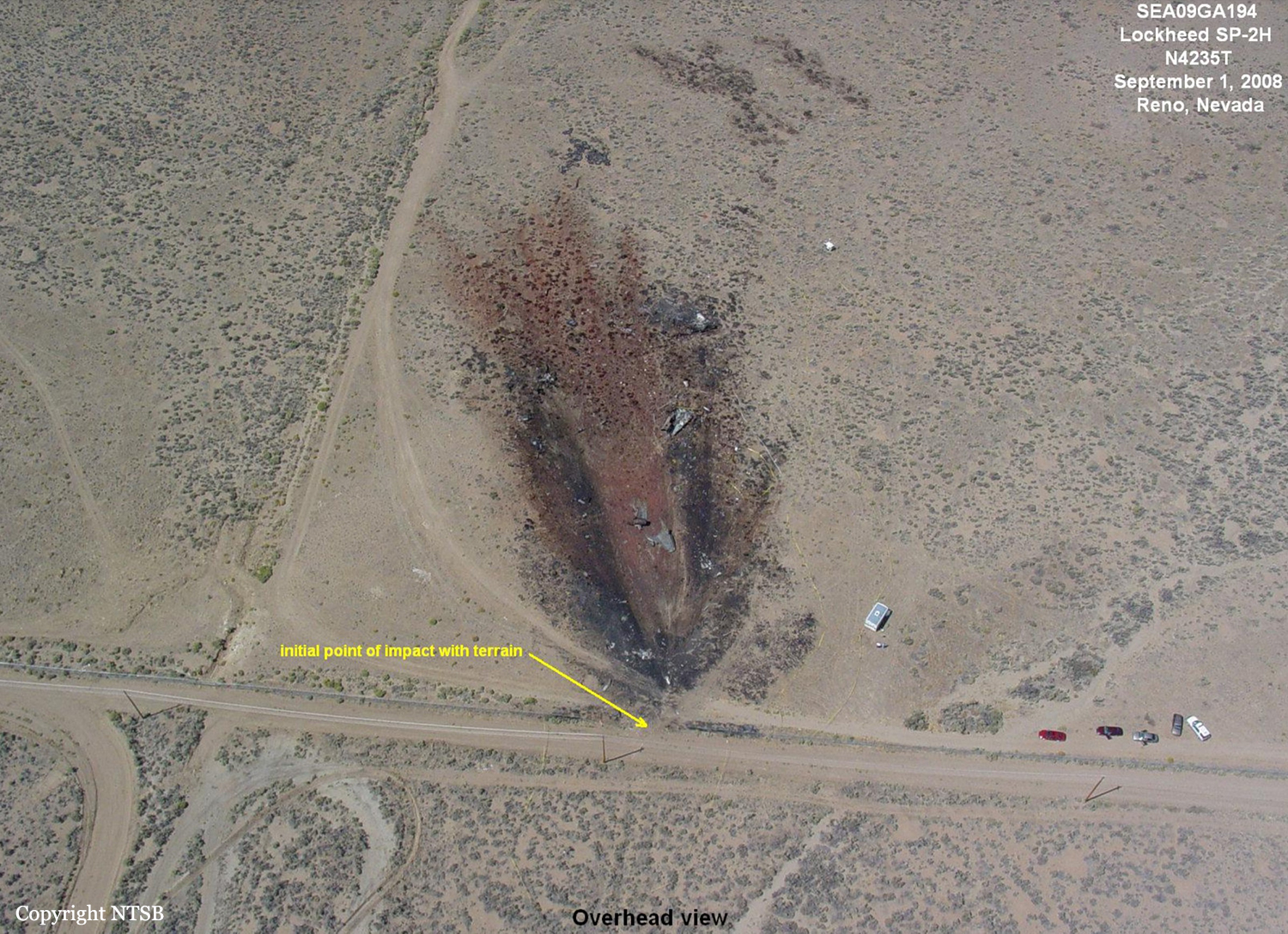Crash of a Rockwell Gulfstream 690C Jetprop 840 in Reno
Date & Time:
Oct 26, 2023 at 1502 LT
Registration:
N840KB
Survivors:
Yes
Schedule:
Reno - Reno
MSN:
690-11640
YOM:
1980
Crew on board:
1
Crew fatalities:
Pax on board:
1
Pax fatalities:
Other fatalities:
Total fatalities:
0
Copilot / Total hours on type:
1200
Aircraft flight hours:
7142
Circumstances:
The check pilot of the multi engine airplane reported that he was conducting a familiarization flight with a pilot that his company was in the process of hiring (pilot applicant.) On final approach, at approximately 100 ft above ground level, the pilot applicant made a pitch adjustment and the airplane’s nose pitched down excessively. Both pilots pulled back on the yokes to arrest the descent, but the airplane impacted terrain short of the runway, which resulted in substantial damage to the right wing and fuselage. The check pilot reported that there were no preaccident mechanical malfunctions or failures with the airplane that would have precluded normal operation.
Probable cause:
The pilot applicant’s excessive nose down pitch, and the check pilot’s delayed remedial action, which resulted in an impact with terrain.
Final Report:












